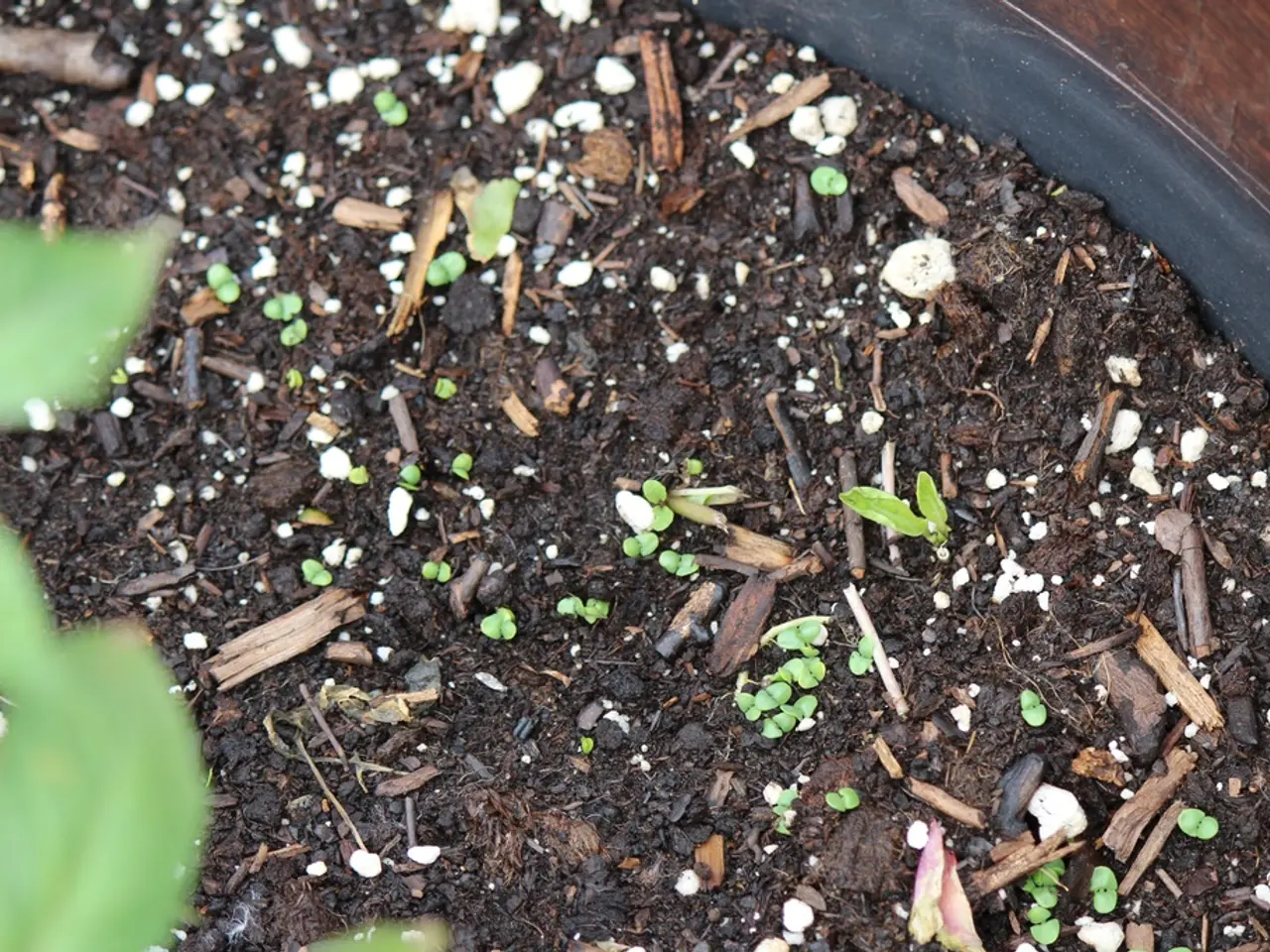Investigating Soil Prior to Cultivation: What, When, and How It's Accomplished
Testing Soil pH for Lawn and Garden Health: A Combined Approach
For home gardeners and lawn enthusiasts, understanding soil pH is crucial for maintaining a thriving garden. A balanced soil pH level ensures that plants receive the necessary nutrients for optimal growth. This article outlines the benefits of combining professional lab testing with DIY home testing kits for accurate and comprehensive soil analysis.
DIY Home Testing Kits: Quick and Affordable
DIY home testing kits are simple and affordable methods to get a basic pH reading. These kits require collecting soil samples from various spots, mixing them with distilled water, letting them settle, and using pH test strips or liquid reagents to compare the color change against a chart to estimate soil pH. This method is quick and allows for regular monitoring between professional tests but can be less precise due to subjective color interpretation and limited nutrient insights.
Professional Lab Testing: Precise and Comprehensive
Sending soil samples to a professional laboratory offers a more accurate and comprehensive analysis. Labs use calibrated instruments and standardized methods, providing precise pH readings along with essential nutrient levels (nitrogen, phosphorus, potassium, etc.), micronutrients, organic matter, and soil texture. This information is valuable for precise fertilization and soil amendment recommendations tailored to your lawn or garden's needs. Some labs also offer contamination screening if needed.
Steps for Accurate Soil pH Testing
- Collect multiple soil samples (avoiding debris) from different areas of your lawn/garden.
- For DIY kits: Mix samples with distilled water, let settle, insert pH strips or reagents, then compare colors to charts.
- For lab testing: Air-dry samples and package according to the lab's instructions before shipping or delivering them.
- Optionally, use a calibrated digital pH meter for routine spot checks.
- Use lab results and pH readings to adjust soil amendments such as lime (to raise pH) or sulfur (to lower pH) and manage nutrients accordingly.
When to Test and How Often
It's recommended to test soil in the spring or fall, before adding any compost, fertilizer, or amendments, to get a clear picture of its health. Soil health testing is important to determine the nutrient levels and pH level of the soil, which helps identify what plants will thrive and what amendments may be needed to improve soil health. To collect a soil sample for testing, map out the areas from which to take samples, avoiding treated areas, areas close to water, and mixing soil from different areas. It's recommended to test soil every 3 to 5 years, or more frequently if experiencing lawn problems or having applied soil amendments.
By combining the convenience and affordability of DIY home testing kits with the precision and comprehensiveness of professional lab testing, gardeners can effectively optimise soil health and plant growth.
[1] Soil pH Testing: A Comprehensive Guide for Gardeners. (n.d.). Retrieved from https://www.gardeningknowhow.com/garden-how/soil-fertilizers/soil-ph-testing.htm
[2] Soil Testing for Home Gardeners. (2020). Retrieved from https://extension.umd.edu/hgic/soil-testing-home-gardeners
[3] Soil Testing. (n.d.). Retrieved from https://www.extension.org/pages/74349/soil-testing
[4] Digital Soil pH Meters. (n.d.). Retrieved from https://www.gardeningknowhow.com/garden-how/tools/soil-ph-meters.htm
[5] Soil Contamination Testing. (n.d.). Retrieved from https://www.soil-testing-lab.com/soil-contamination-testing.html
- To further augment DIY soil pH testing, gardeners can utilize digital pH meters for more accurate spot checks, enhancing the comprehensive understanding of soil health and optimizing plant growth.
- Engaging in scientific studies and reading resources on home-and-garden lifestyle magazines or web platforms like "Gardening Know How," "Extension," and soil testing labs can provide valuable insights for conducting soil pH tests for maintaining a thriving garden and lifestyle.




